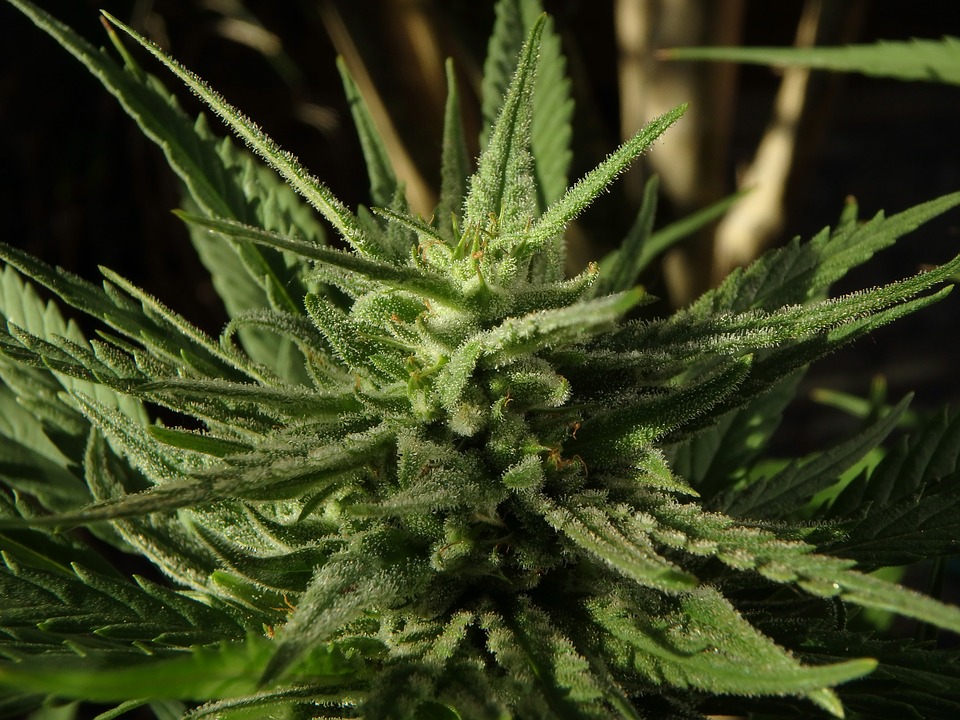Whether you’ve smoked it or been around friends who have, you know cannabis is something that gets you high. Even medical marijuana can get you high, right? And you might know that it’s due to tetrahydrocannabinol, better known as THC. That’s the compound found on cannabis plants with psychoactive effects, but it’s not the most frequent compound found in it.
Come the end of this year, it may not even be the most well-known compound. That is how quickly cannabidiol, aka CBD, is rising through the ranks and establishing itself as a common cultural term.
CBD has had a renaissance in the past few years. As more states make the push to fully legalize marijuana, dispensaries continue to pop up containing a dizzying (not literally, though) array of CBD products for people to take in various forms. It’s proven to be a versatile compound.
It hasn’t been able to prove much else, though. That’s because notoriously anti-weed Attorney General Jeff Sessions, in addition to insisting authorities pursue marijuana cases, classified cannabis as a schedule 1 drug, a classification the U.S. Drug Enforcement Administration (DEA) uses for drugs they say have “no currently accepted medical use and a high potential for abuse.” There’s minimal actual proof of the abuse potential, but this classification has made it much harder to research the benefits of CBD.
Read more here.
